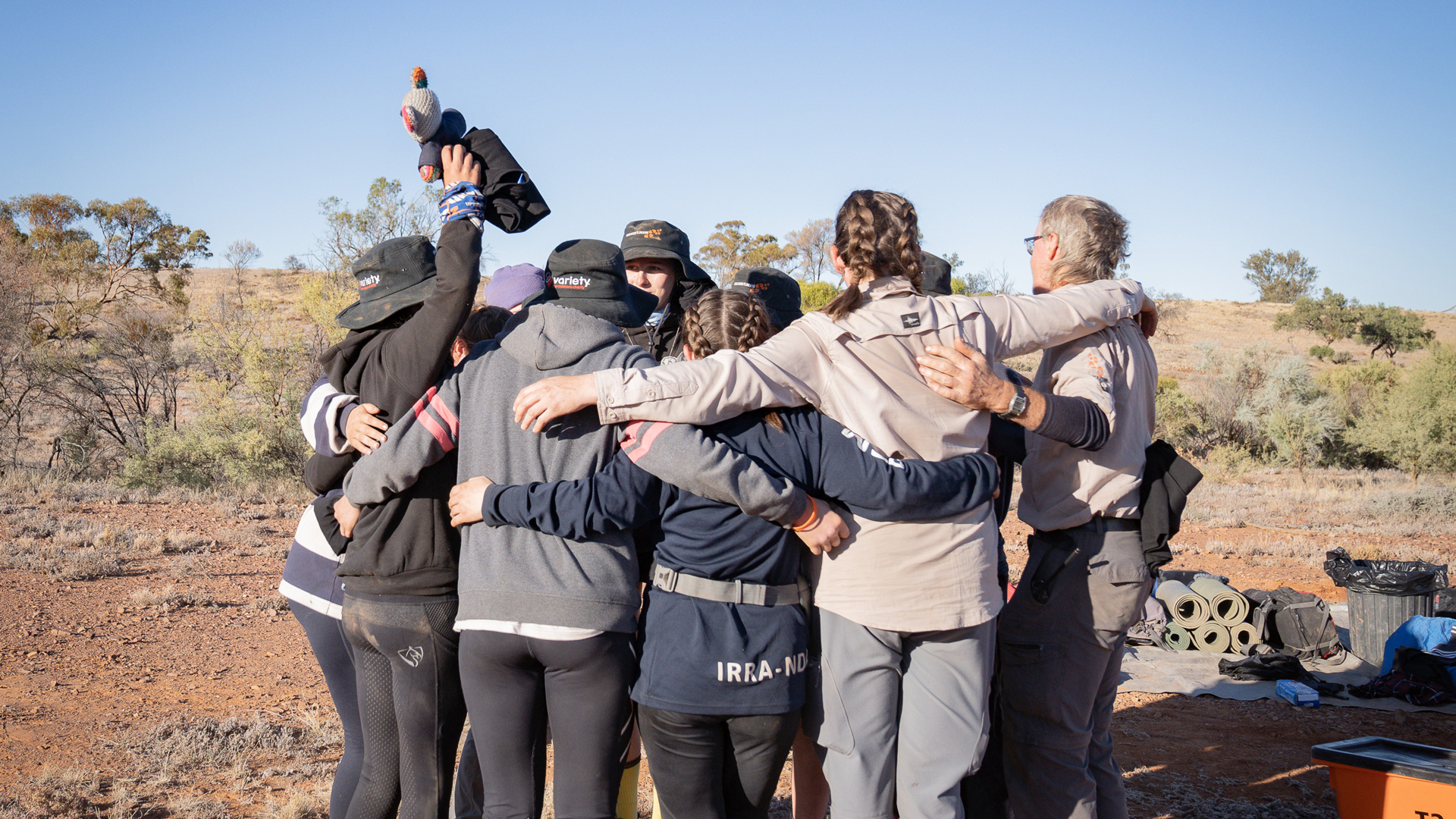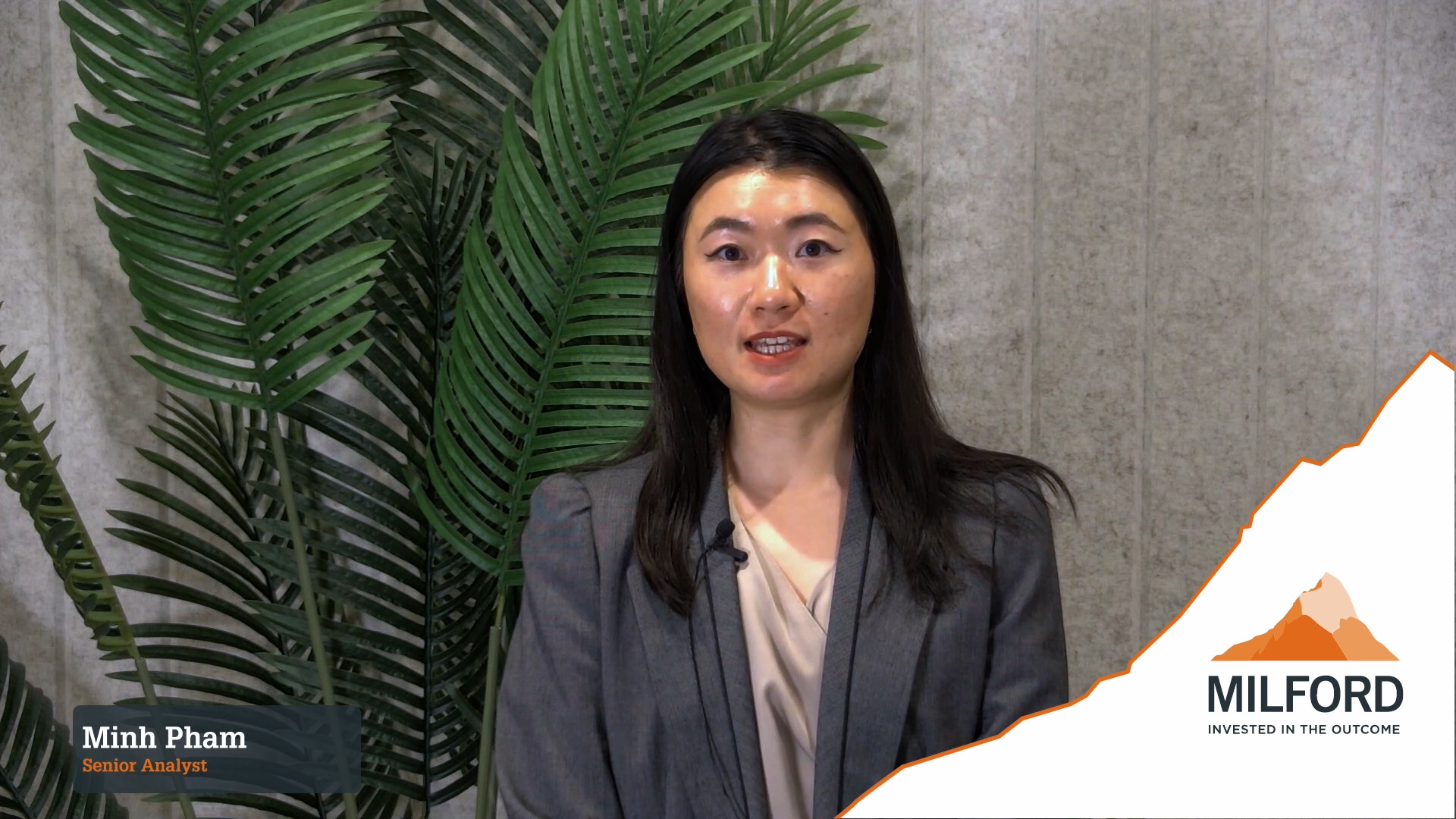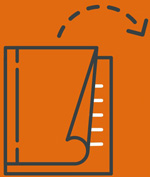The strength of the iron ore price helped Australia escape the worst of the Global Financial Crisis (GFC). This year, iron ore has again proven very resilient up almost US$30 per tonne from the start to be hovering around US$120 per tonne. So, can it help Australia to once again avoid the worst of the Global COVID Recession (GCR)?
Let us take a step back to compare the current situation with the GFC. In 2008, the hit to the global economy was caused by a financial shock. Most governments and central banks stimulated but not near the levels we have seen in 2020. China was different and decided to stimulate the economy in a massive way by building bridges, railways, apartments and many other things needing steel. Hence, demand for iron ore proved robust whilst the price crated for most other commodities like oil and copper.
Australia produced less than 400 million tonnes of iron ore in both 2008 and 2009 and that volume was not enough for China. This encouraged Australian miners to expand production significantly to around 900 million tonnes. This massive investment in the years following the GFC created significant job and economic activity and is the key difference between now and then. Today Australia is producing more than double the tonnes it produced in 2008/9 dramatically helping our export revenue. However, outside of replacing older mines, we do not expect any further meaningful investment in iron ore production.
China was first to be impacted by COVID-19, but due to a hard lock down and a large stimulus package has been the first to recover. China’s “V-shaped” recovery seems to have been achieved in a similar method to measures used during the GFC. In fact, most steel mills remained open during their lockdown in anticipation of this stimulus so it is expected that China will produce more steel in 2020 than last year.
According to the World Steel Association, in 2020 China produced 499 million tonnes of steel to the end of July which is up 1.4% over this time last year. However, the rest of the word is showing the ongoing impact of the GCR and is down 14.3% compared with last year.
The investment over the last decade is now paying Australia handsomely as the country has proven to be the reliable producer of iron ore unlike other suppliers, most notably Brazil. In recent times, Brazil has struggled with tailings dam disasters, terrible rains over summer and now a rampant COVID-19 outbreak. The result is a significant shortfall in Brazil’s potential which has not been met by other iron ore exporters like South Africa or India who each have had their own issues. Consequently, Chinese steel mills have had to pay more to get their iron ore in a tight market.

So, iron ore demand is growing in China but has fallen elsewhere. It is mostly this poor supply that has caused the iron ore price to shoot up to US$120 per tonne. We expect steel mills around the world to start to recover which will be good for the price of iron ore but we also expect to see supply improve. In recent weeks, Brazil has already started to improve its exports, so we are currently witnessing longer vessel queues to unload iron ore in Chinese ports. This creates near term risk to a rampant iron ore price. However, we believe that Brazil’s largest producer Vale will struggle to get to its targeted 310-330 million tonnes for the year. We can compare that to the 385 million tonnes they produced in 2018 to show the impact of their issues.
The Commonwealth Budget had assumed US$55 per tonne for FY20 but iron ore has consistently traded well above that. In the July Economic and Fiscal Update, Treasury stated that if iron ore were to stay elevated until the end of 2020 before falling immediately to USS$55 per tonne, it would add A$9b to Australia’s FY21 nominal GDP and help improve the deficit by $1.2b with another $1b in FY22 due to timing. Unfortunately, this will not put much of a dint in the latest forecasted FY21 deficit of $184.5b (9.7% of GDP).
Whilst welcomed, the high iron ore prices are not of themselves going to be enough to help Australia get out of the first recession the country has faced in three decades.



